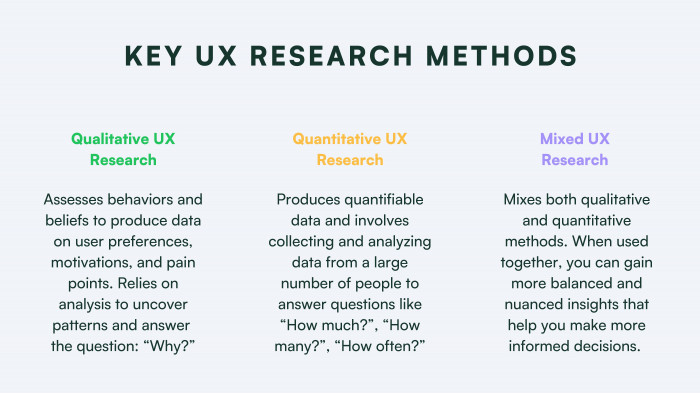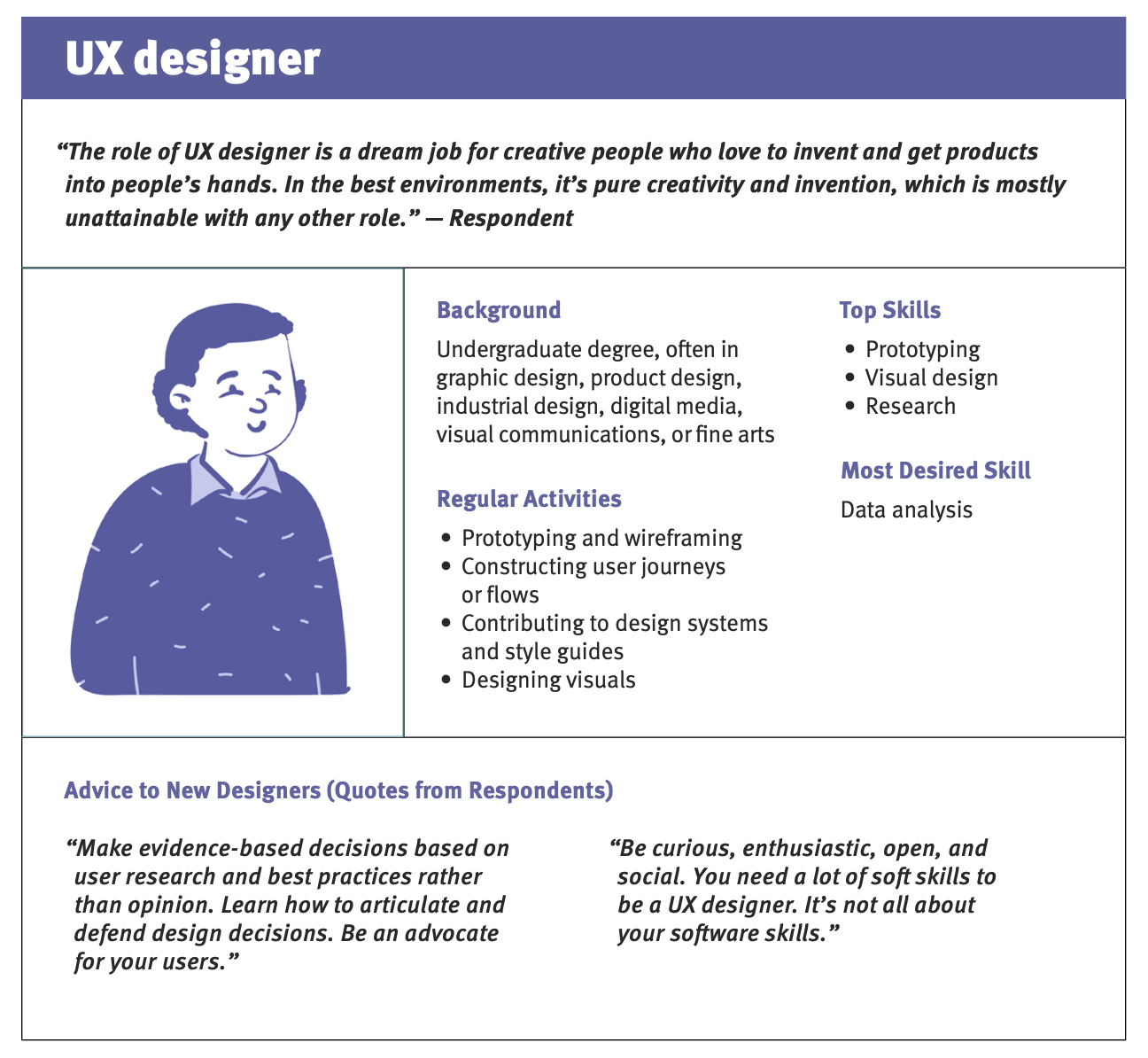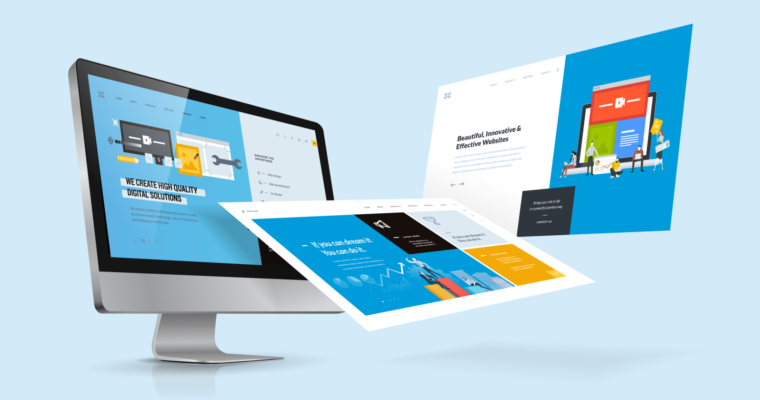
Web designers need to remember the desktop is still the main source of traffic. About 75% of internet users use desktop computers, with a decline in mobile users between 2020 and 2021. Mobile devices require a screen resolution of 360*640. However, desktops still represent a large percentage of internet users. These are some tips for people who don't fully understand the importance to adapt web design to mobile devices.
Media queries
Media queries can help you create websites that are responsive to different screen sizes. You can use media queries to change things like the color of body text depending on the viewport. To use media query, you need to open the source code of the page in your browser. You can also use minimum and maximum values. We'll be discussing how to create a responsive layout using media queries in this article.
Using media queries for responsive design makes adjusting the layout easy. The most common page sizes are 320px, 768px and 1200px. These sizes are adequate for smartphones, tablets, and desktops. You will have to adjust the size of your screen to meet these standards. CSS can be used for adapting the layout of your site to accommodate different screen sizes.

Media types
CSS media queries are required to create responsive layouts. In HTML, media queries were first introduced in CSS2.1 and HTML4. They allow you to create different styles for print, and screen sizes. Media queries are now available in CSS3 and can display a different layout depending upon the device's width.
To choose the right size for your website, start by defining the minimum width of each screen. This width should be around 360px. However it is possible to go as far as 500px. You can calculate this width using a readability analysis. This theory suggests that the ideal column length should be between 70-80 character per line or eight to ten English words. After the text block is at this size, add a breakpoint.
Meta viewport
A meta viewport tag is a way to provide the same URL across multiple devices while maintaining a consistent design across them all. A responsive website can deliver the same URL to all users by detecting the browser's visible window size and delivering content accordingly. A viewport element should be used, but you should also use the content attribute. This will adjust the width of the page according to the width of each device. This will allow your page to automatically scale to the width of your device.
The viewport meta tag tells the browser how to display your page. It instructs the browser how to scale or resize your page to suit the device. The best choice is to use device-width meta tags, which get the screen's width as CSS pixels. The zoom level that the browser displays the page at when it opens is controlled by the meta viewport tags. These values maintain a 1:1 relationship between device width and viewport. The browser automatically adjusts to the user's position when the user orientations it.

Fluid image use
Fluid images are essential for responsive web design. Understanding their working principles is key. Images are the most important element of a webpage and must load first. Browsers must first scan the page to find image URLs before they can load external CSS or build the DOM. Images can be so large that the browser must first determine the size of the source images before it can decide how to crop them. A fluid image solves this problem the best.
When using fluid images in responsive web design, it is important to consider the following: The size of the image will be adjusted based on the width and height of the viewport. The ideal screen size for a fluid image is one that spans the width of the viewport. A large screen image will take up a smaller portion. Images in fluid layouts must be able to stretch to match the size change, and be responsible for varying resolutions. Although fluid images can be made with many image formats, browsers are not often able to support WebP.
FAQ
How do you choose a domain name
Choosing a good domain name is essential. People won't know where to go if they don't have a good domain name.
Domain names should be simple, short, easy-to-remember, relevant to your brand and unique. You want it to be something people will type into their browser.
These are some suggestions for choosing a domain.
* Use keywords that are related to your niche.
* Avoid using hyphens (-), numbers and symbols.
* Don't use.net or.org domains.
* Never use words that have already been used.
* Avoid using generic terms like "domain"/website.
* Check to make sure it's there.
What kind of websites should I make?
It all depends on what your goals are. You may choose to sell products online if you want to build a website. To make this happen, you'll need a reliable eCommerce website.
Other popular types of websites include blogs, portfolios, and forums. Each type of website requires different skills. For instance, if you want to set up a blog, you will need to learn about blogging platforms such as WordPress or Blogger.
You must decide how to personalize your site's appearance when choosing a platform. There are many themes and templates that you can use for free.
Once you've chosen a platform, you can build your website by adding content. You can add images, videos, text, links, and other media to your pages.
It is now possible to publish your new website online. Once your website is published, visitors will be able to access it in their web browsers.
What is a static site?
A static website is a site where all content are stored on a server, and visitors can access it via web browsers.
The term "static" refers to the fact that there are no dynamic features such as changing images, video, animation, etc.
This site was originally designed for intranets. However, it has been adopted by small businesses and individuals who need simple websites with no custom programming.
Because they are easier to maintain, static sites have been growing in popularity. Static sites are easier to maintain and update than fully-featured websites with multiple components (such as blogs).
They also load more quickly than dynamic counterparts. They are great for people who use mobile devices and have slow Internet connections.
Static websites are also more secure than dynamic ones. Static websites are much harder to hack than dynamic ones. Hackers only have access the data in a database.
There are two main options for creating a static website.
-
Using a Content Management System.
-
How to create a static HTML website
The best one for you will depend on your specific needs. If you're new to creating websites, I recommend using a CMS.
Why? It gives you full control of your website. A CMS means that you don't have to hire someone to set up your website. You just need to upload files to your web server.
You can still learn to code and make a static website. But you'll need to invest some time learning how to program.
Web development is hard?
Although web development isn't easy, there are many resources online that will help you get started.
The only thing you need is to search for the right tools and follow their steps step by step.
YouTube and other platforms provide many tutorials. You can also use free online software such as Notepad++, Sublime Text, etc.
There are also lots of books available in bookstores and libraries. Some of the most sought-after books are:
O'Reilly Media, "Head First HTML and CSS"
"Head First PHP & MySQL 5th Edition" by O'Reilly Media
Packt Publishing: "PHP Programming to Absolute Beginners"
I hope this article helped you.
What is the cost of creating an ecommerce website?
It all depends on what platform you have and whether or not you hire a freelancer. Most eCommerce sites start at around $1,000.
Once you've chosen a platform you can expect to pay $500-$10,000.
You won't spend more than $5,000 if you are using a template. This includes any customizing you do to your brand.
Statistics
- Is your web design optimized for mobile? Over 50% of internet users browse websites using a mobile device. (wix.com)
- Did you know videos can boost organic search traffic to your website by 157%? (wix.com)
- Studies show that 77% of satisfied customers will recommend your business or service to a friend after having a positive experience. (wix.com)
- It's estimated that in 2022, over 2.14 billion people will purchase goods and services online. (wix.com)
- At this point, it's important to note that just because a web trend is current, it doesn't mean it's necessarily right for you.48% of people cite design as the most important factor of a website, (websitebuilderexpert.com)
External Links
How To
What is website hosting?
Website hosting describes where visitors go when they visit a site. There are 2 types.
-
The cheapest option is shared hosting. Your website files are stored on a server that is owned by another person. Customers who visit your website send their requests via the Internet over to that server. The request is sent to the server's owner who then passes it on to you.
-
Dedicated hosting – This is the most expensive option. Your website is only accessible from one server. There are no other websites sharing space on the server. Your traffic remains private.
Most businesses choose shared hosting because it's less expensive than dedicated hosting. You can use shared hosting if the company owns the server to provide the resources required for your website.
But there are pros and cons to both options. These are the key differences between them.
Shared Hosting Pros:
-
Lower Cost
-
Easy To Set Up
-
Frequent Updates
-
It can Be Found On Many Web Hosting Companies
You can get shared hosting for as low as $10 per monthly. But keep in mind that this price usually includes bandwidth. Bandwidth is the data transfer speed that you have over the Internet. So even if you only upload photos to your blog, you may still pay extra money for high amounts of data transferred through your account.
Once you begin, you will soon see why you spent so much on your previous host. Most shared hosts provide very limited customer support. Although they will help you set up your site occasionally, you are on your own once you have done that.
Providers that offer 24-hour customer support are worth looking into. They will assist you with any problems that may arise while you're sleeping.
Hosting dedicated:
-
More Expensive
-
Less Common
-
Requires Special Skills
You're getting everything you need with dedicated hosting to operate your website. You won't have to worry about whether you're using enough bandwidth or whether you've got enough RAM (random access memory).
This means that upfront, you'll need to spend a bit more. Once you get started with your online business, you will find that you don't require much technical support. You'll become an expert at managing your servers.
Which Is Better For My Business:
The answer will depend on the type and purpose of your website. If you are selling products, shared hosting may be the best option. It is easy to set-up and manage. A server shared with several other sites means that you will receive frequent updates.
However, dedicated hosting can be a great option if you're looking to build a community around the brand. You can put your efforts into building your brand, and not worry about how to handle your traffic.
Bluehost.com is a web host that offers both. They offer unlimited data transfers per month, 24/7 support and free domain registration.